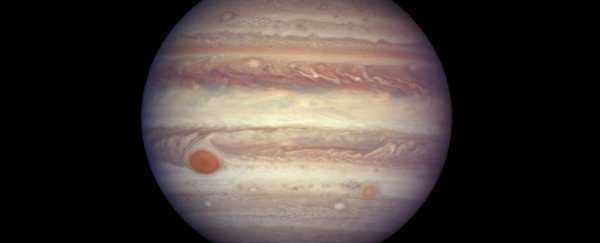Over the last few years, human technology has explored further into the Solar System than ever before.
Here are some of the most spectacular images sent back.
A still image from the NASA short film "Cassini's Grand Finale" shows the spacecraft diving between Saturn and the planet's innermost ring. Cassini, launched in 1997, reached Saturn in 2004.
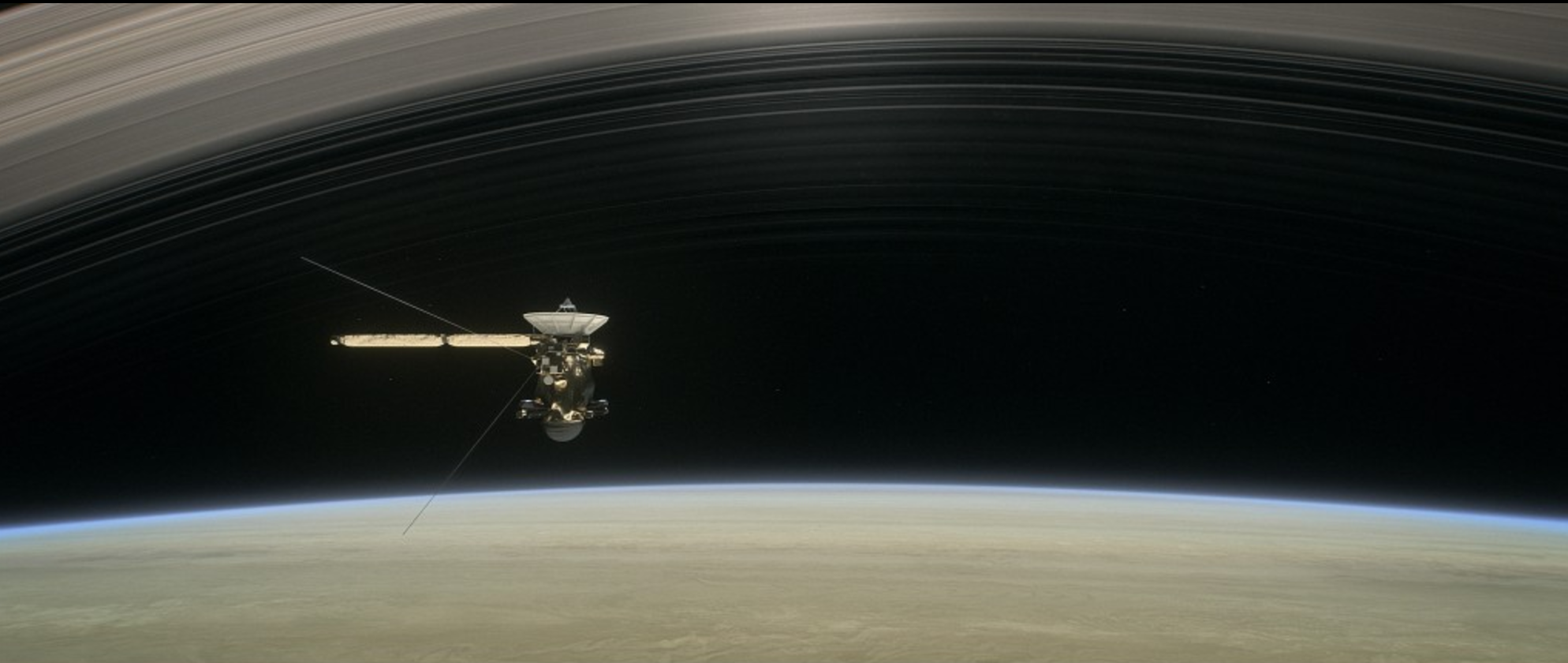 NASA/JPL-Caltech via AP
NASA/JPL-Caltech via AP
26 April 2017: Saturn's atmosphere, seen closer than ever before, was captured by Cassini spacecraft during its first grand finale dive past the planet.
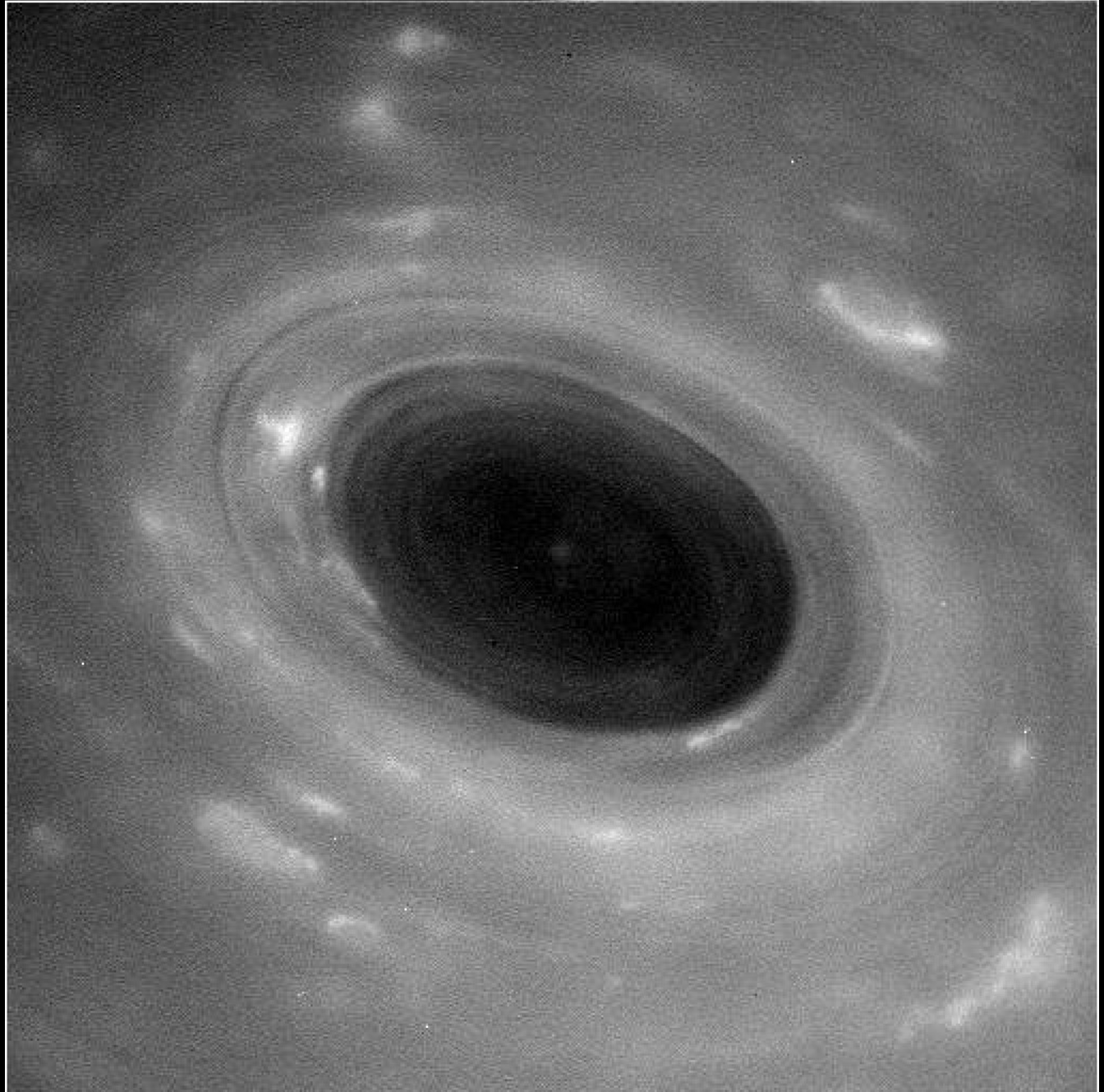 NASA/JPL-Caltech/Space Science Institute via Reuters
NASA/JPL-Caltech/Space Science Institute via Reuters
26 April 2017: An unprocessed image of features in Saturn's atmosphere.
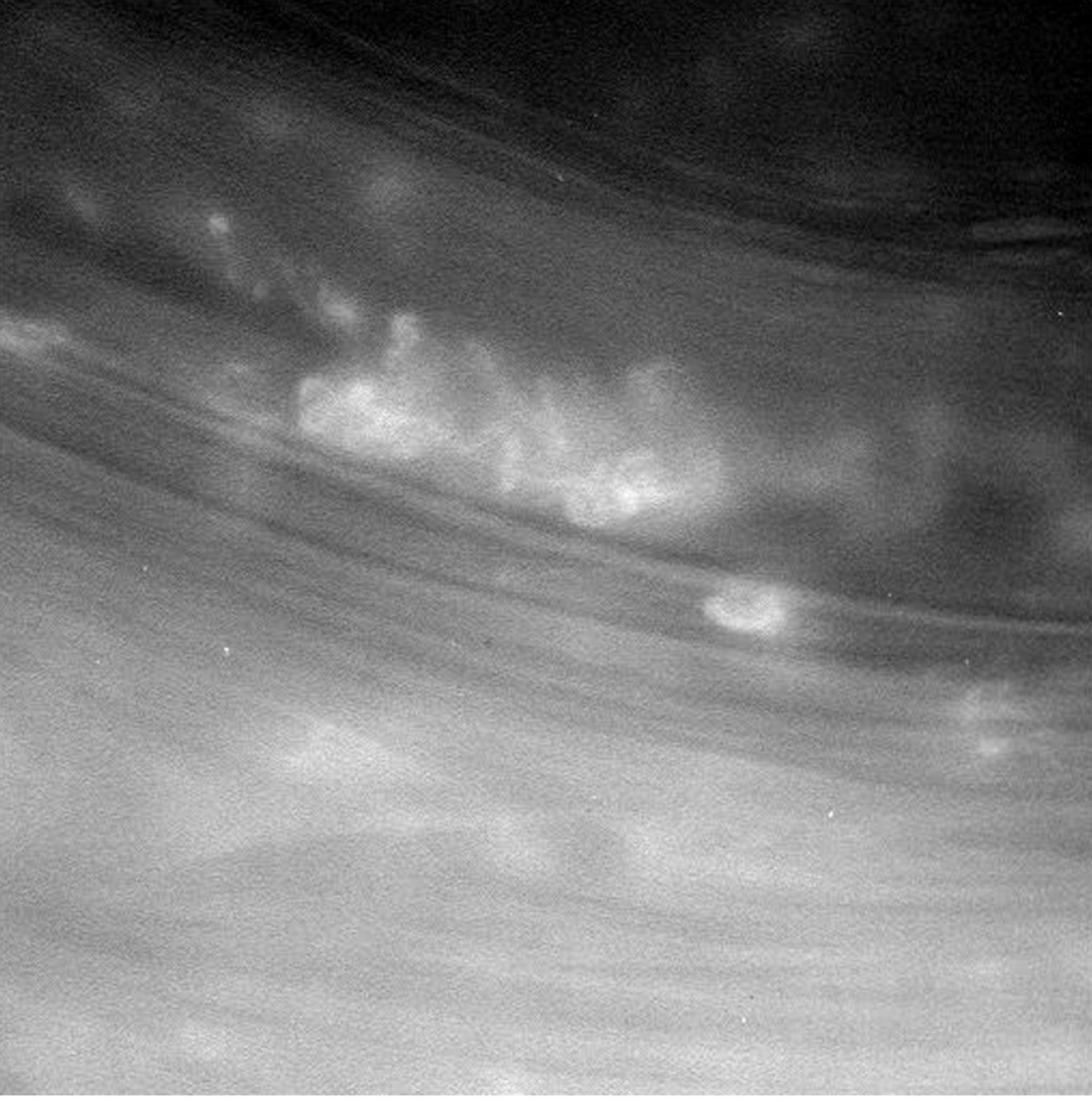 NASA/JPL-Caltech/Space Science Institute via European Pressphoto Agency
NASA/JPL-Caltech/Space Science Institute via European Pressphoto Agency
26 April 2017: An unprocessed image of features in Saturn's atmosphere.
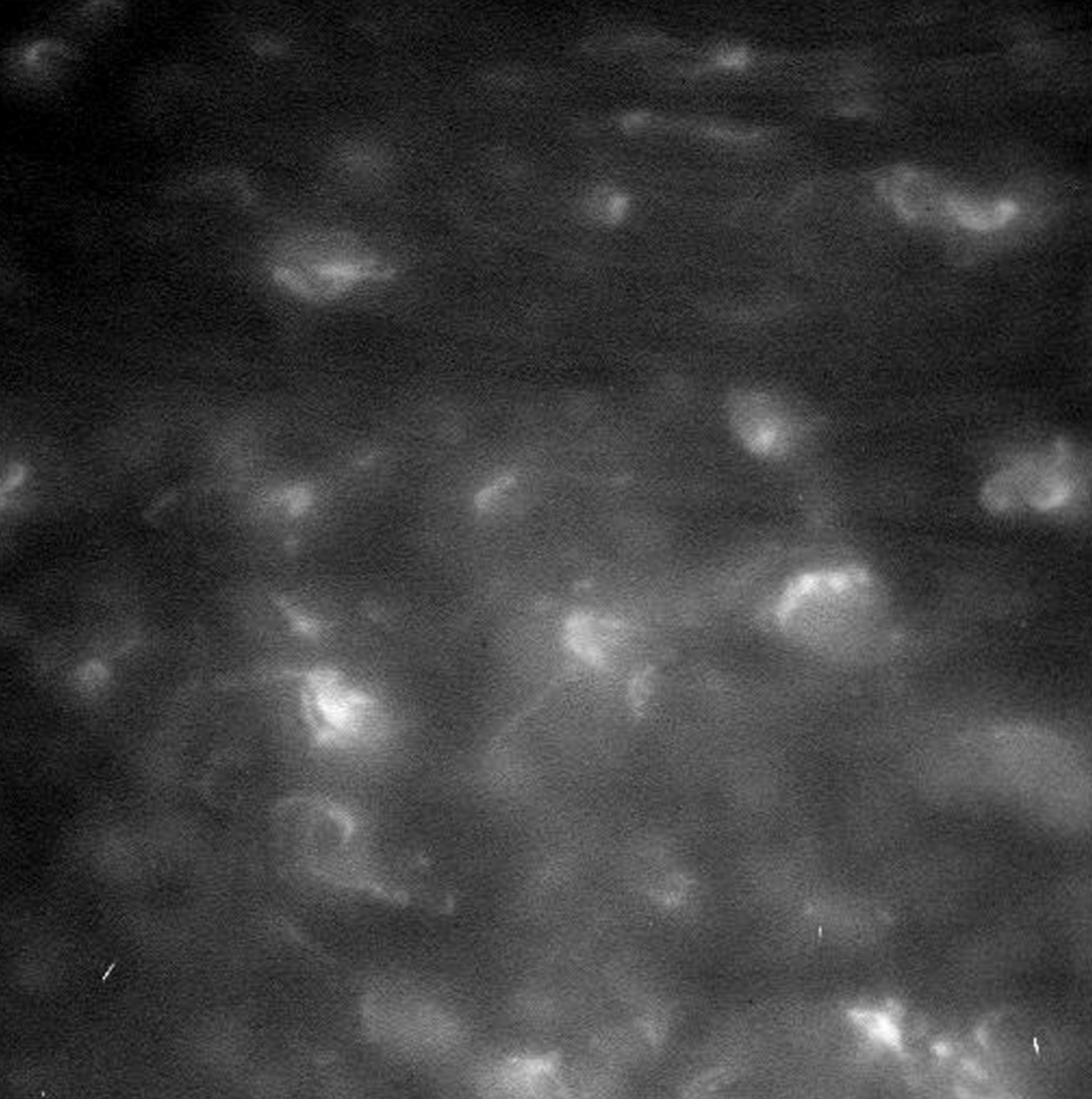 NASA/JPL-Caltech/Space Science Institute via European Pressphoto Agency
NASA/JPL-Caltech/Space Science Institute via European Pressphoto Agency
One of Saturn's moons, Mimas, dwarfed by the planet's rings.
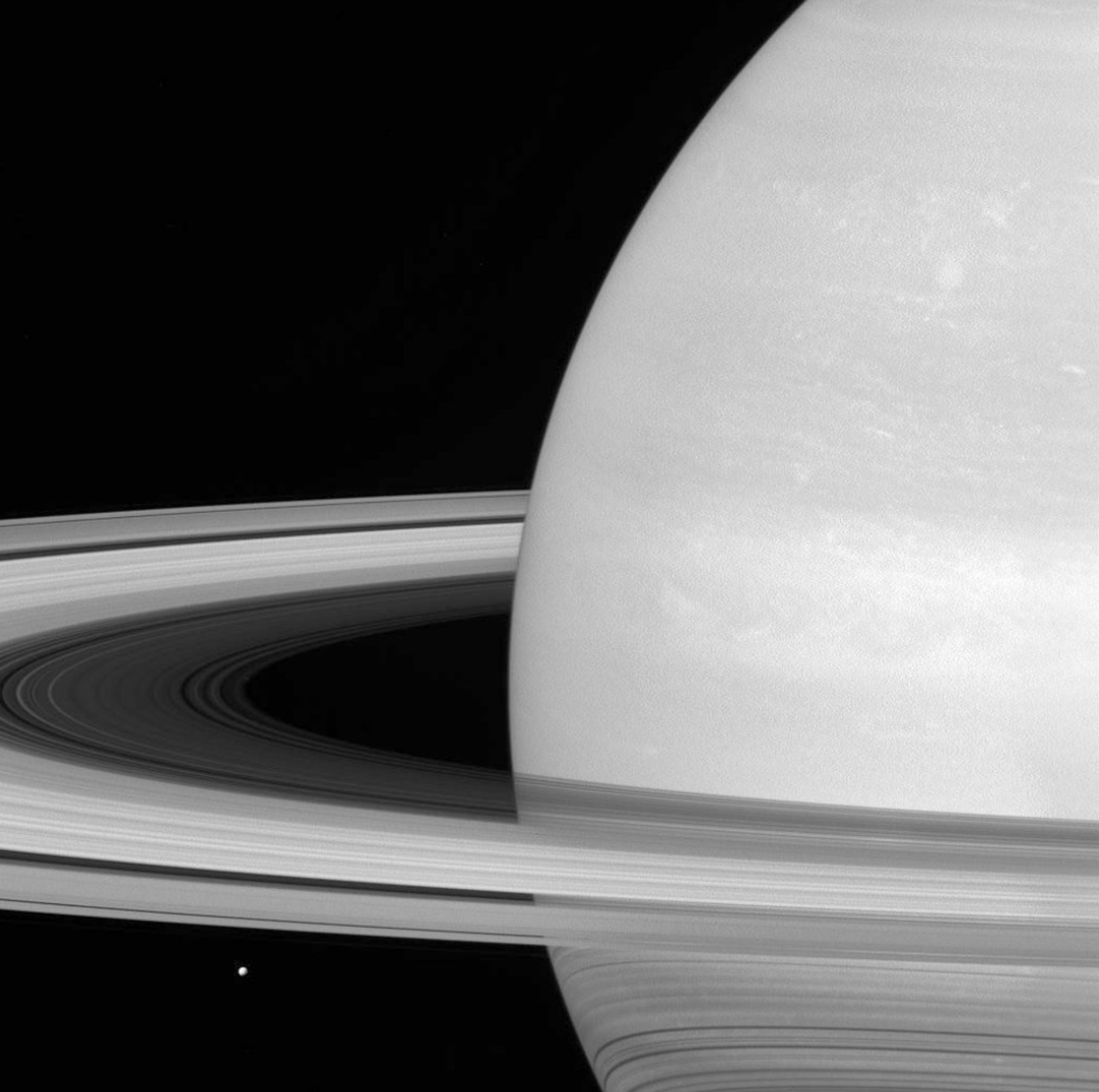 NASA/JPL-Caltech/Space Science Institute via AP
NASA/JPL-Caltech/Space Science Institute via AP
21 April 2017: An unprocessed image of Saturn's moon Titan, captured by Cassini during its final close flyby.
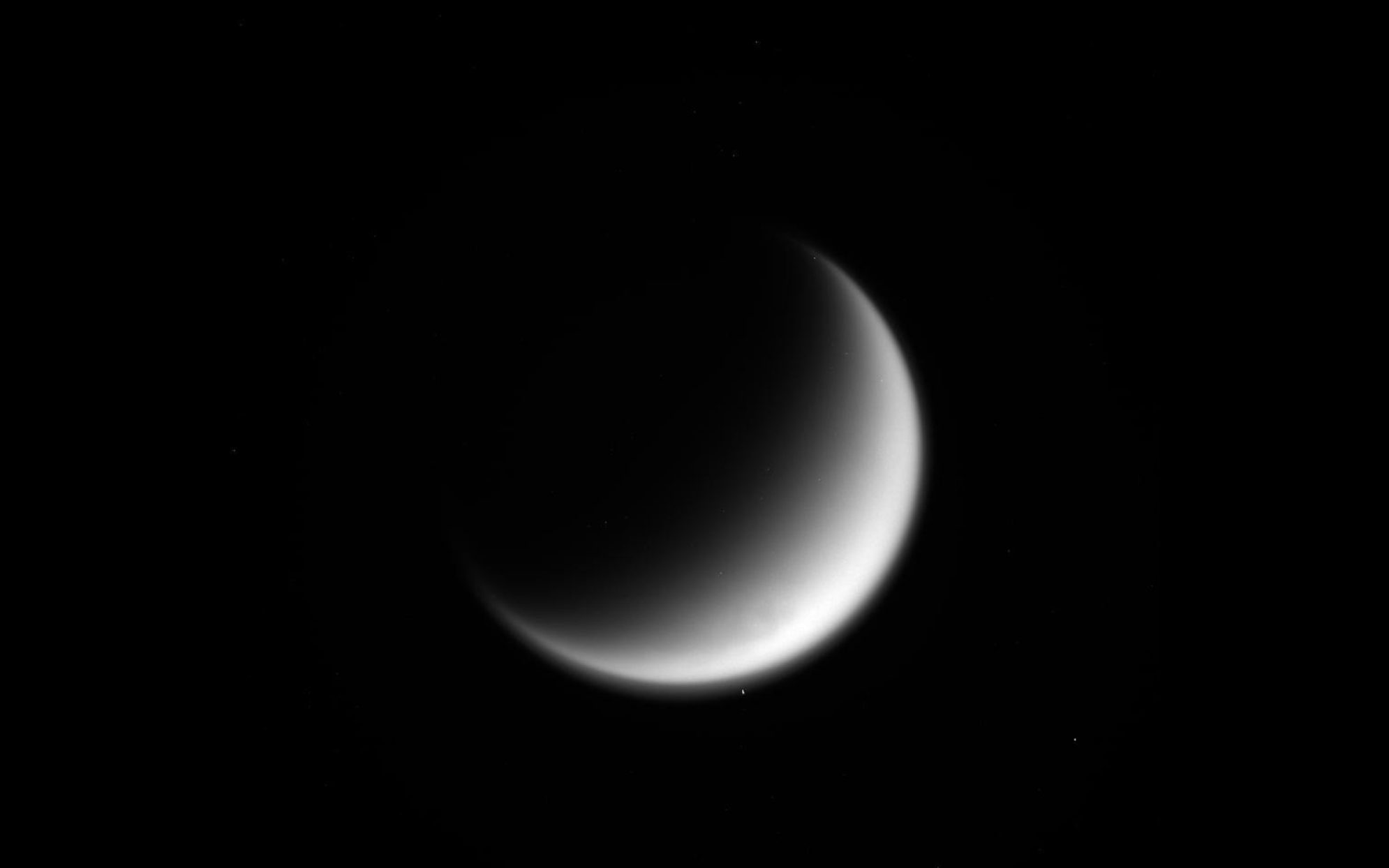 NASA/JPL-Caltech/Space Science Institute/via European Pressphoto Agency
NASA/JPL-Caltech/Space Science Institute/via European Pressphoto Agency
3 April 2017: This NASA images shows Jupiter when it was at a distance of about 415 million miles (668 million km) from Earth. The planet is extra close, and the Hubble Space Telescope took advantage of the opportunity to make this photo of the gas giant.
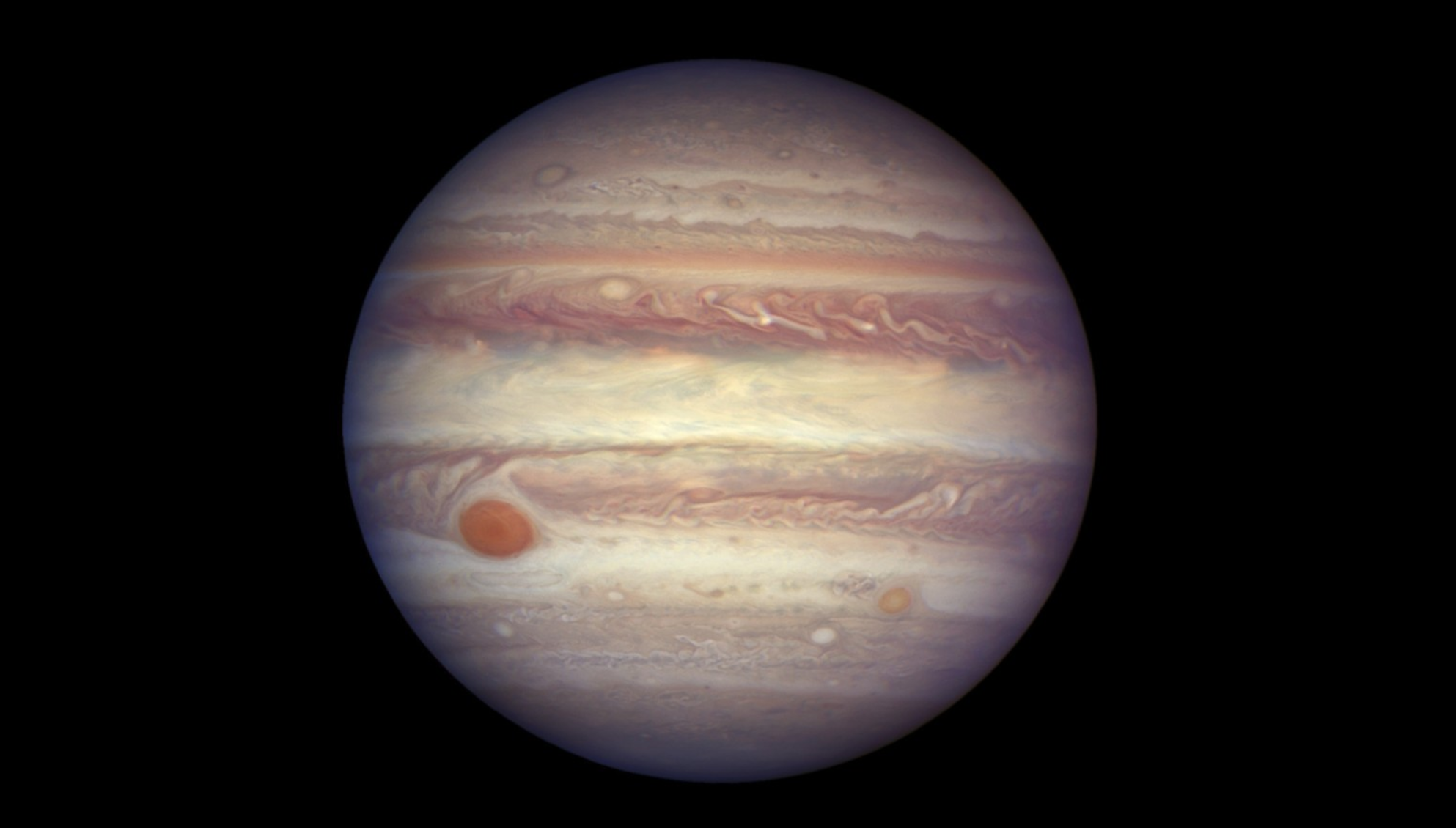 NASA, ESA, and A. Simon (GSFC) via AP
NASA, ESA, and A. Simon (GSFC) via AP
2 February 2017: This image, obtained March 27 from the Juno spacecraft, shows the upper wisps of Jupiter's atmosphere from about 9,000 miles above the giant planet's swirling clouds.
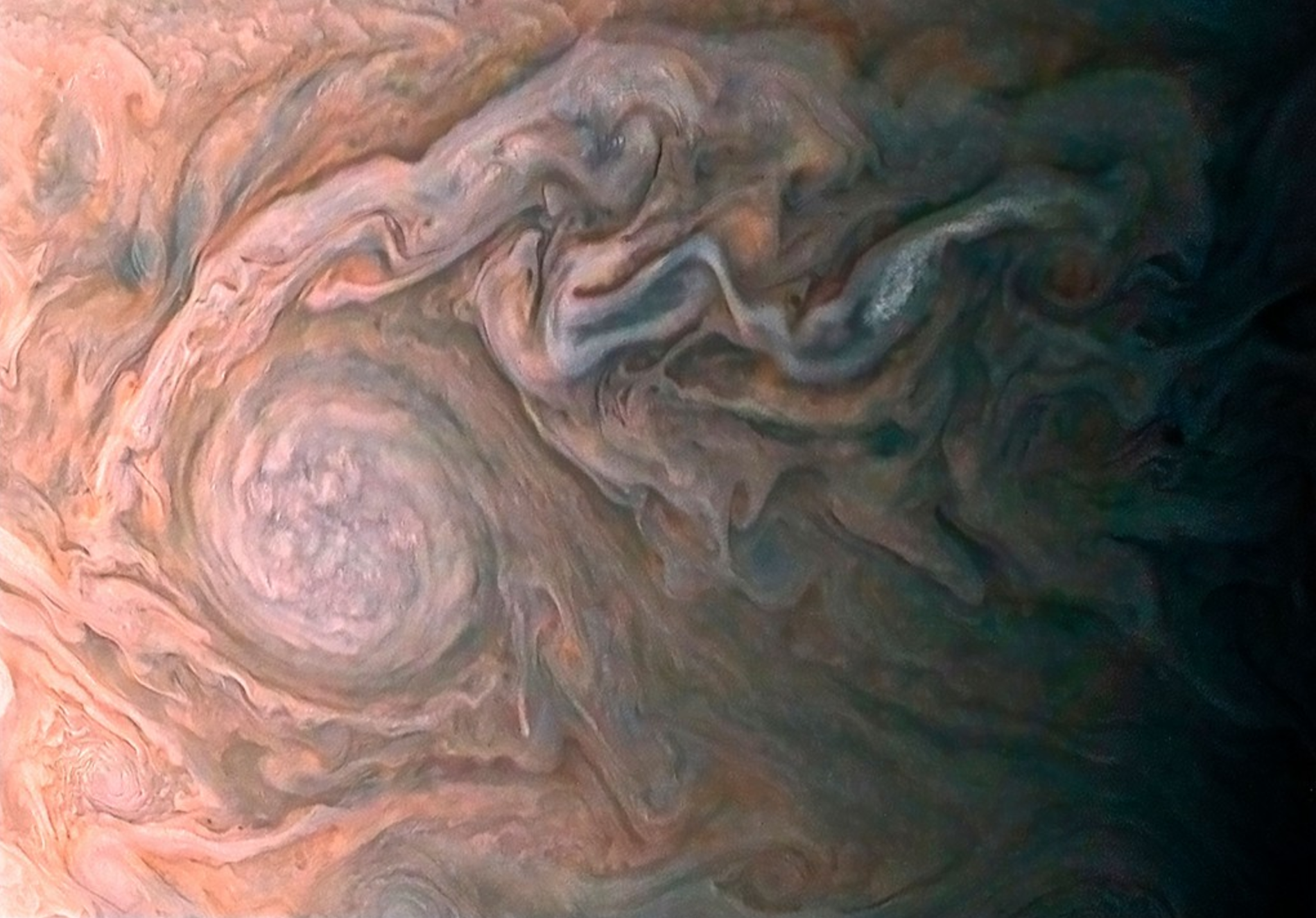 NASA/JPL-Caltech/SWER/MSS/Roman Tkachenko/AFP/Getty Images
NASA/JPL-Caltech/SWER/MSS/Roman Tkachenko/AFP/Getty Images
This image made available in March 2017 shows Pluto illuminated from behind by the sun as the New Horizons spacecraft travels away from it at a distance of about 120,000 miles (193,000 km).
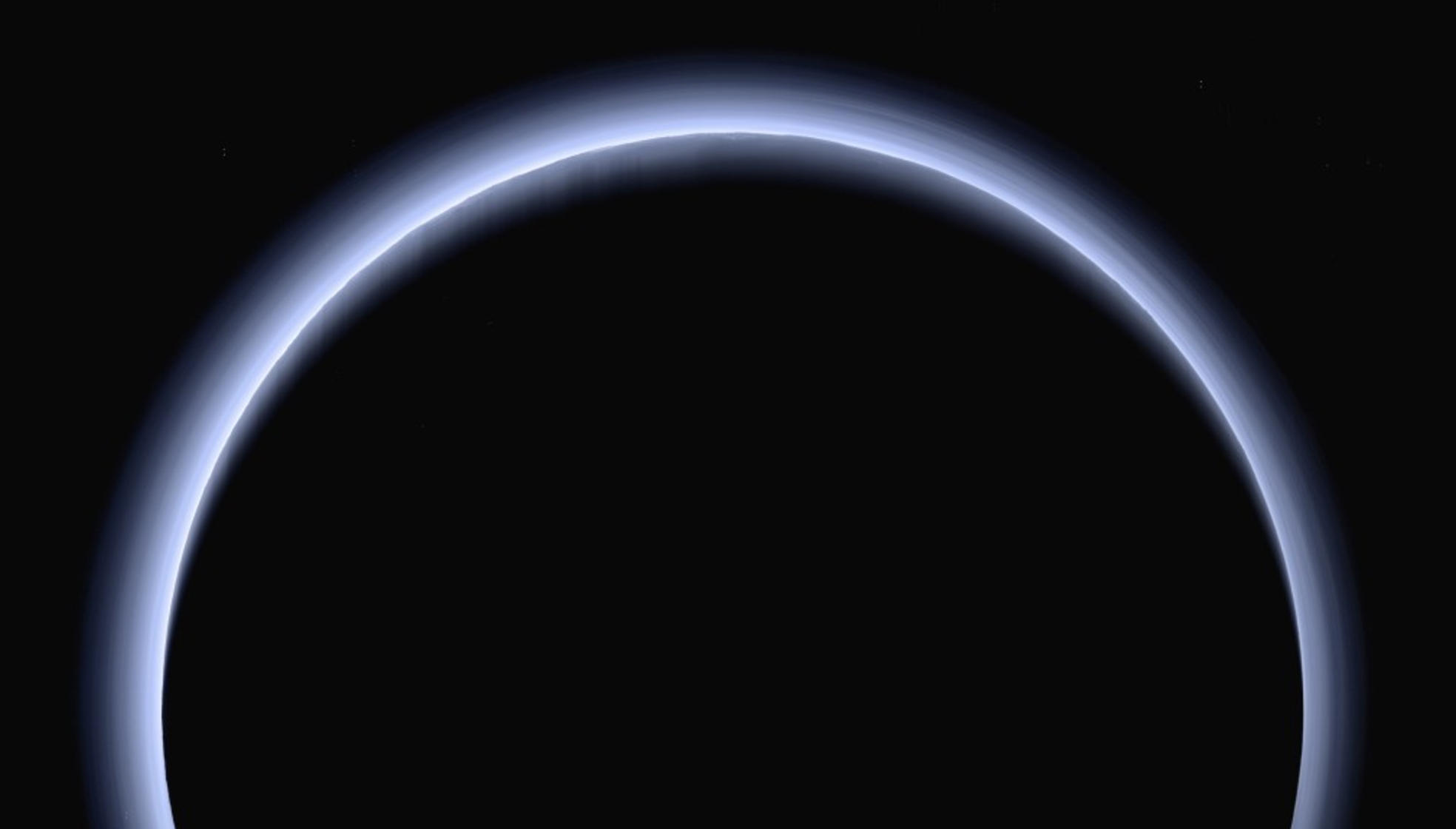 NASA/Johns Hopkins University Applied Physics Laboratory/Southwest Research Institute/AP
NASA/Johns Hopkins University Applied Physics Laboratory/Southwest Research Institute/AP
This raw, unprocessed image, which was released March 7 and was taken by the Cassini spacecraft, shows Saturn's tiny moon Pan. The flyby had a close approach distance of 15,268 miles. The image is the closest image ever taken of Pan and will help to characterise its shape and geology.
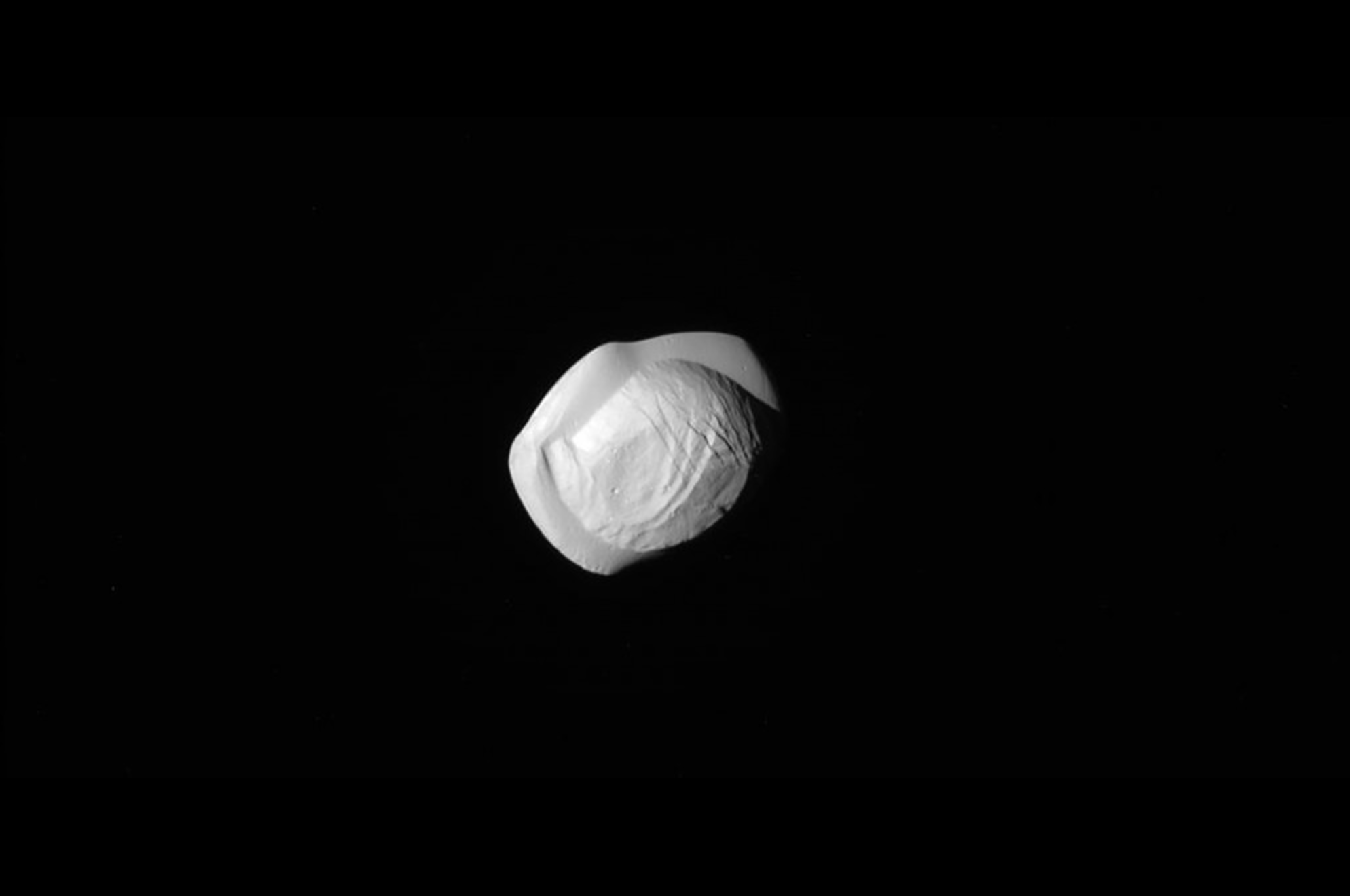 NASA/JPL-Caltech/Space Science Institute/via AFP/Getty Images
NASA/JPL-Caltech/Space Science Institute/via AFP/Getty Images
9 April 2008: This image provided on 2 March 2017, shows Phobos, the largest of Mar's two moons, taken by the Imaging Science Experiment camera on NASA's Mars Reconnaissance Orbiter.
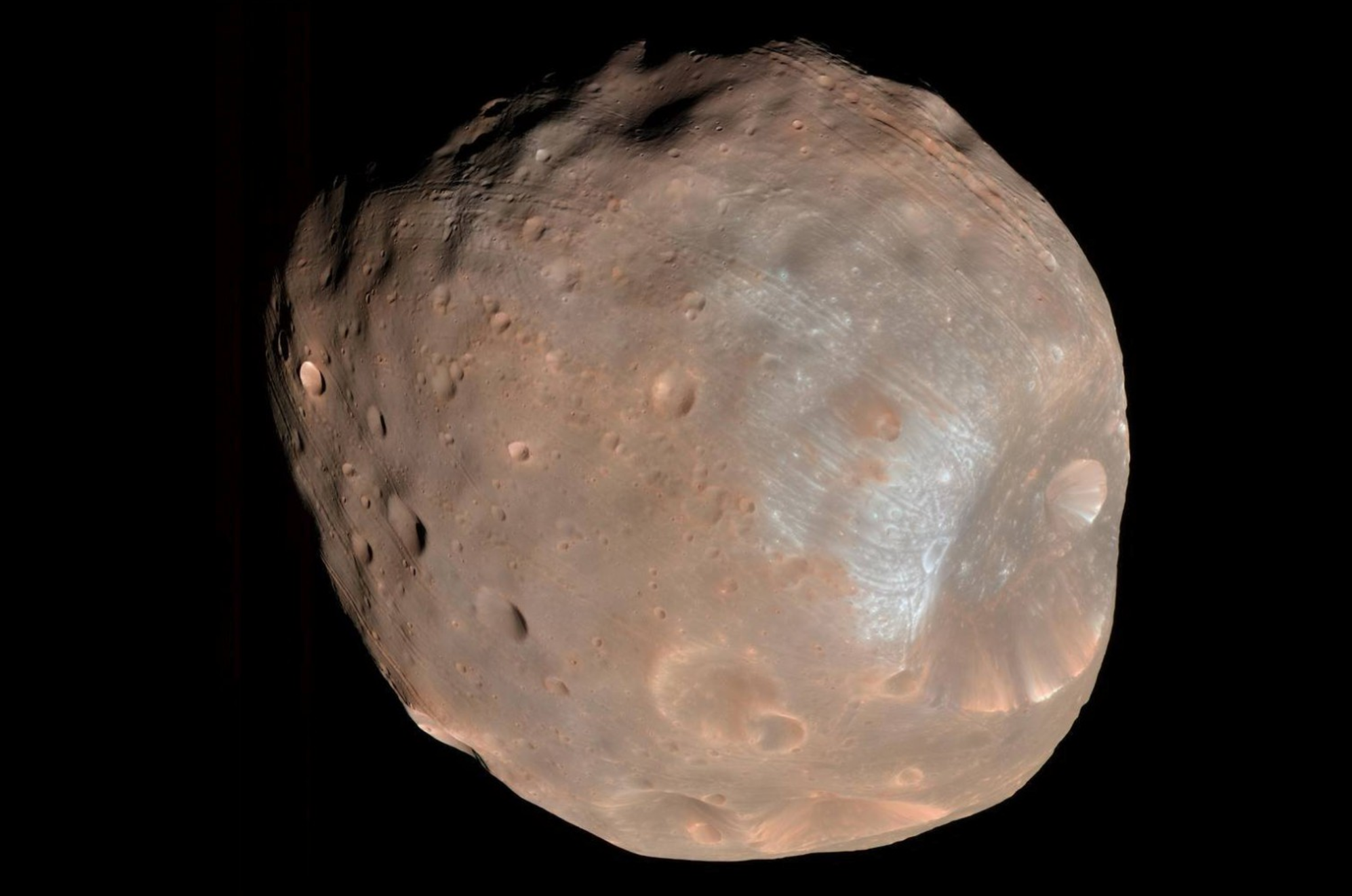 NASA/JPL/University of Arizona/via Reuters
NASA/JPL/University of Arizona/via Reuters
The Juno spacecraft soared directly over Jupiter's south pole February 2 and took this image from about 62,800 miles above the cloud tops. This enhanced-colour version highlights the bright high clouds and numerous oval storms.
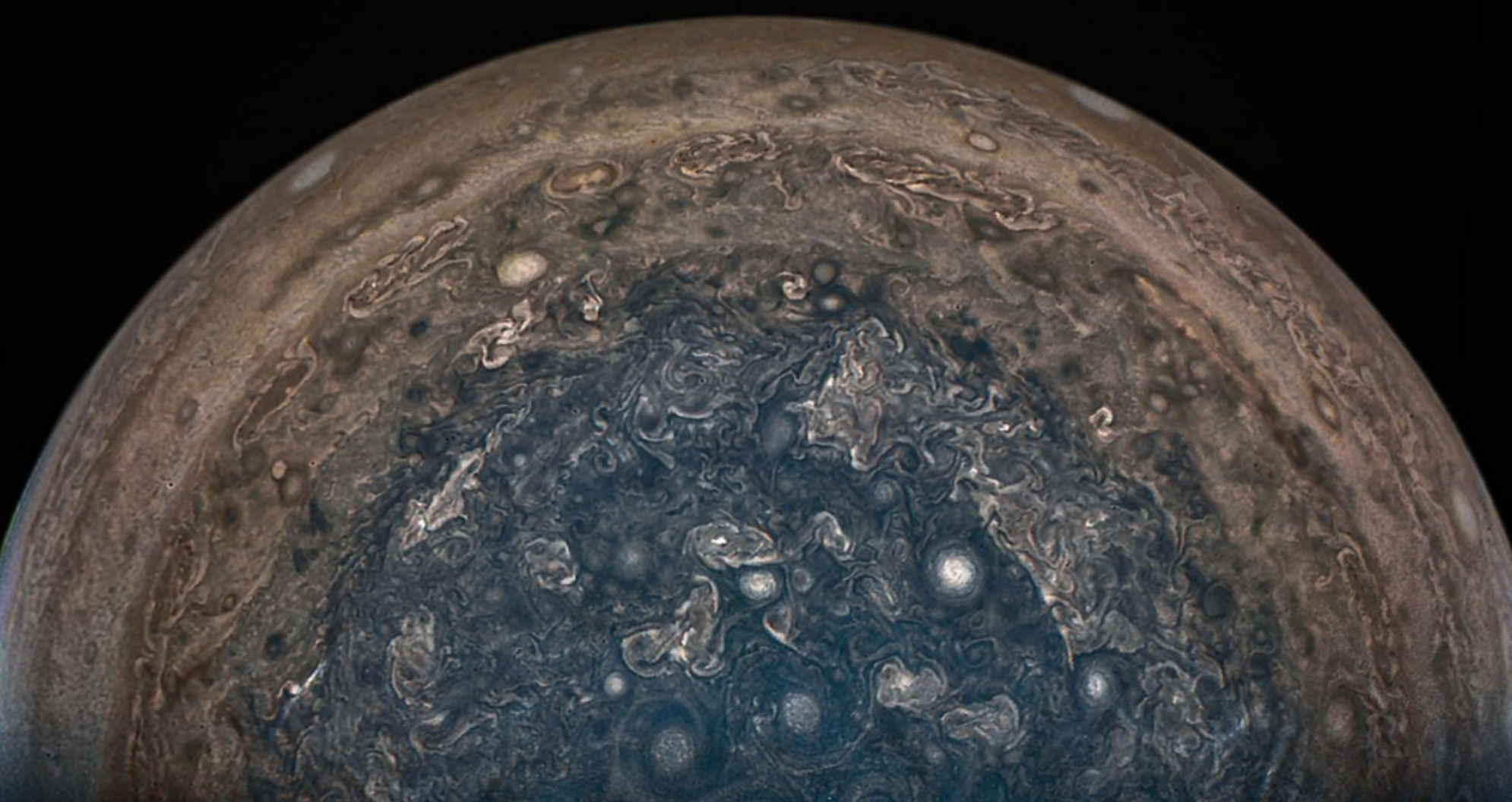 NASA/JPL-CalTech/SwRI/MSSS/John Landino/via AFP/Getty Images
NASA/JPL-CalTech/SwRI/MSSS/John Landino/via AFP/Getty Images
This photo, released by the European Space Agency on February 2, shows Mars's north polar cap and its deep canyon known as 'Chasma Boreale'. The giant trough gives the appearance of almost cutting the ice cap in two.
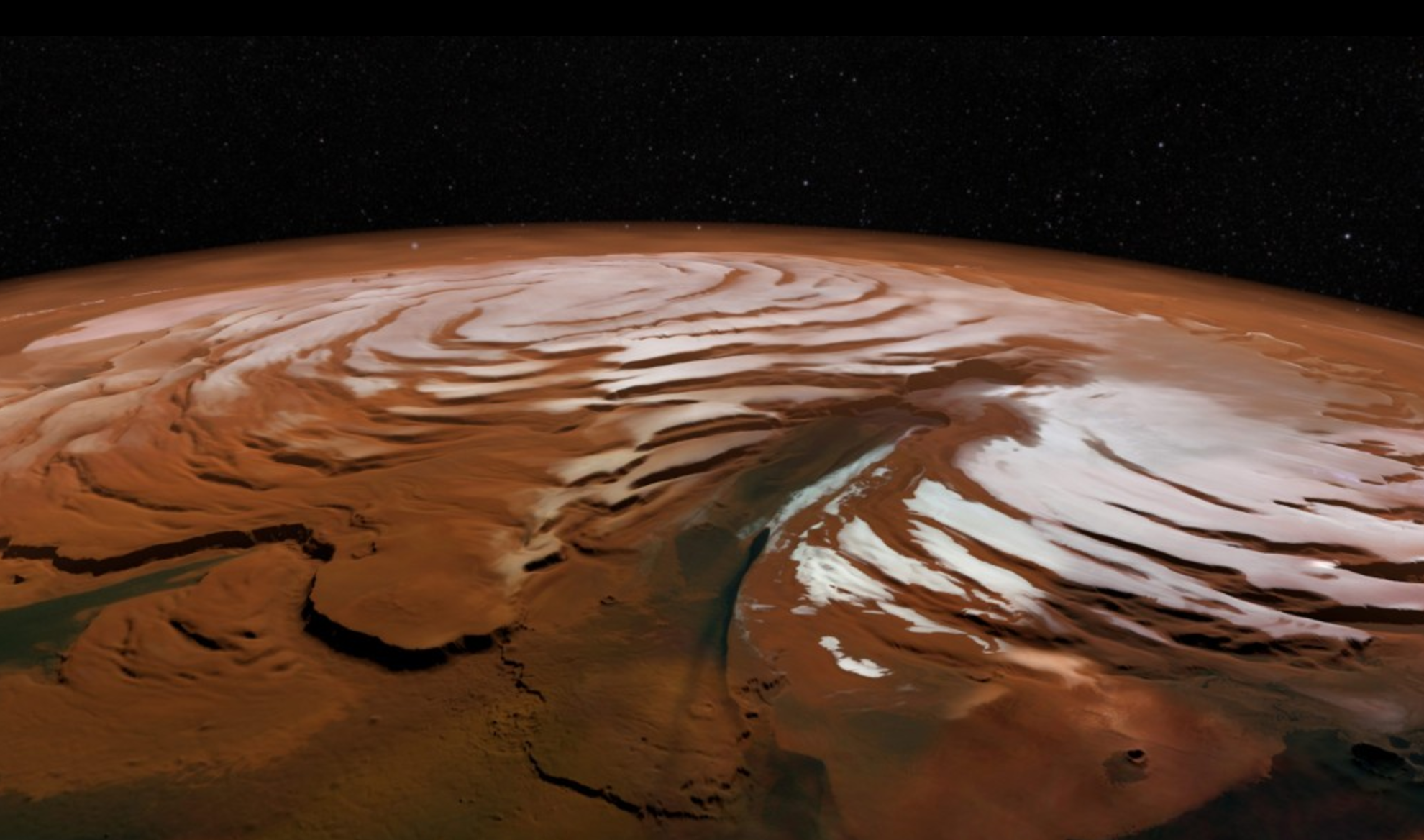 ESA/DLR/FU Berlin/NASA/European Pressphoto Agency
ESA/DLR/FU Berlin/NASA/European Pressphoto Agency
This composite colour image, captured by the GOES-16 satellite on January 15, shows the moon above the Earth. The satellite observes Earth from an equatorial view about 22,300 miles high.
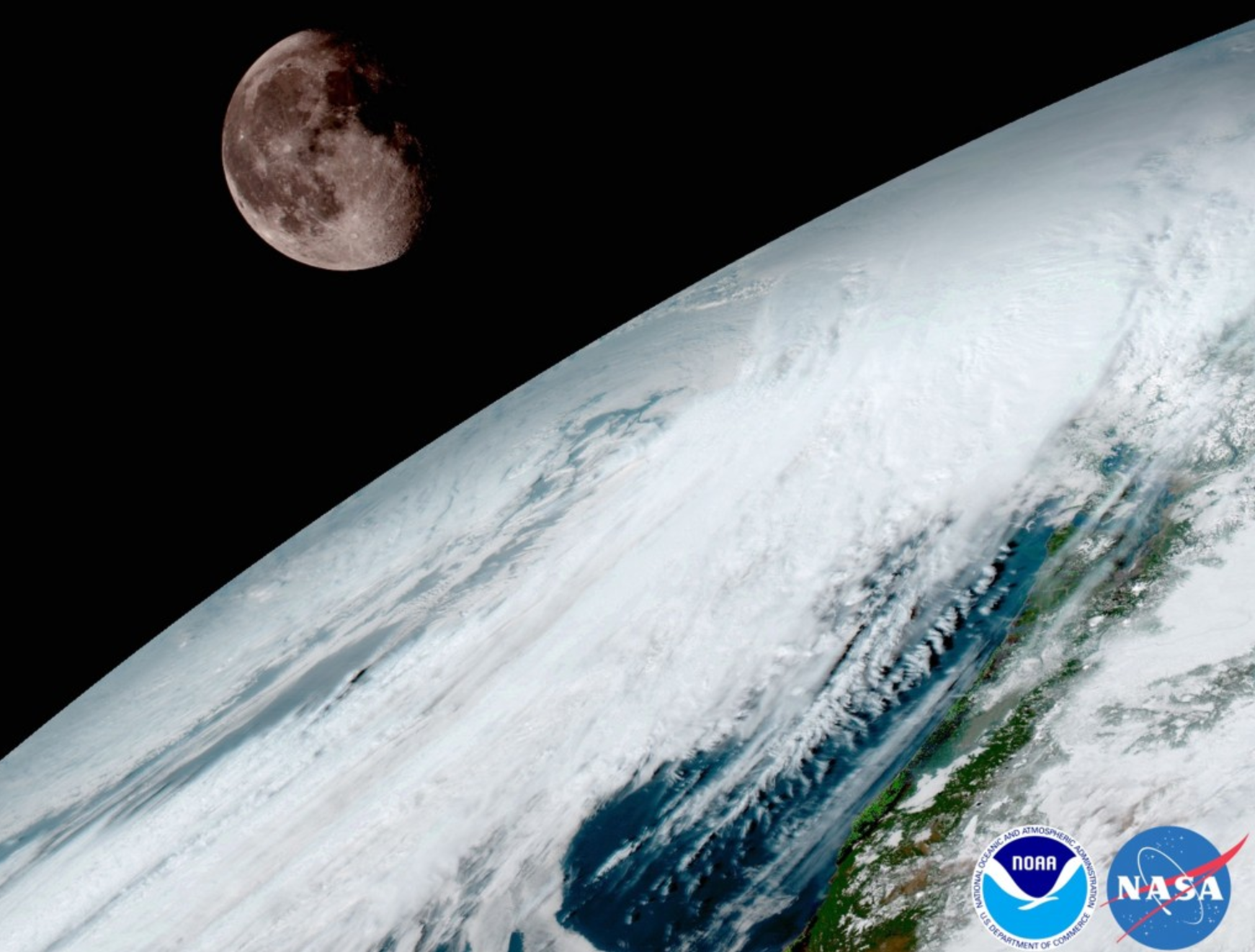 NOAA/NASA/AFP/Getty Images
NOAA/NASA/AFP/Getty Images
This photo, released January 17, shows an ALMA image of an enormous sunspot, which is a transient feature that occurs in regions where the sun's magnetic field is extremely concentrated and powerful.
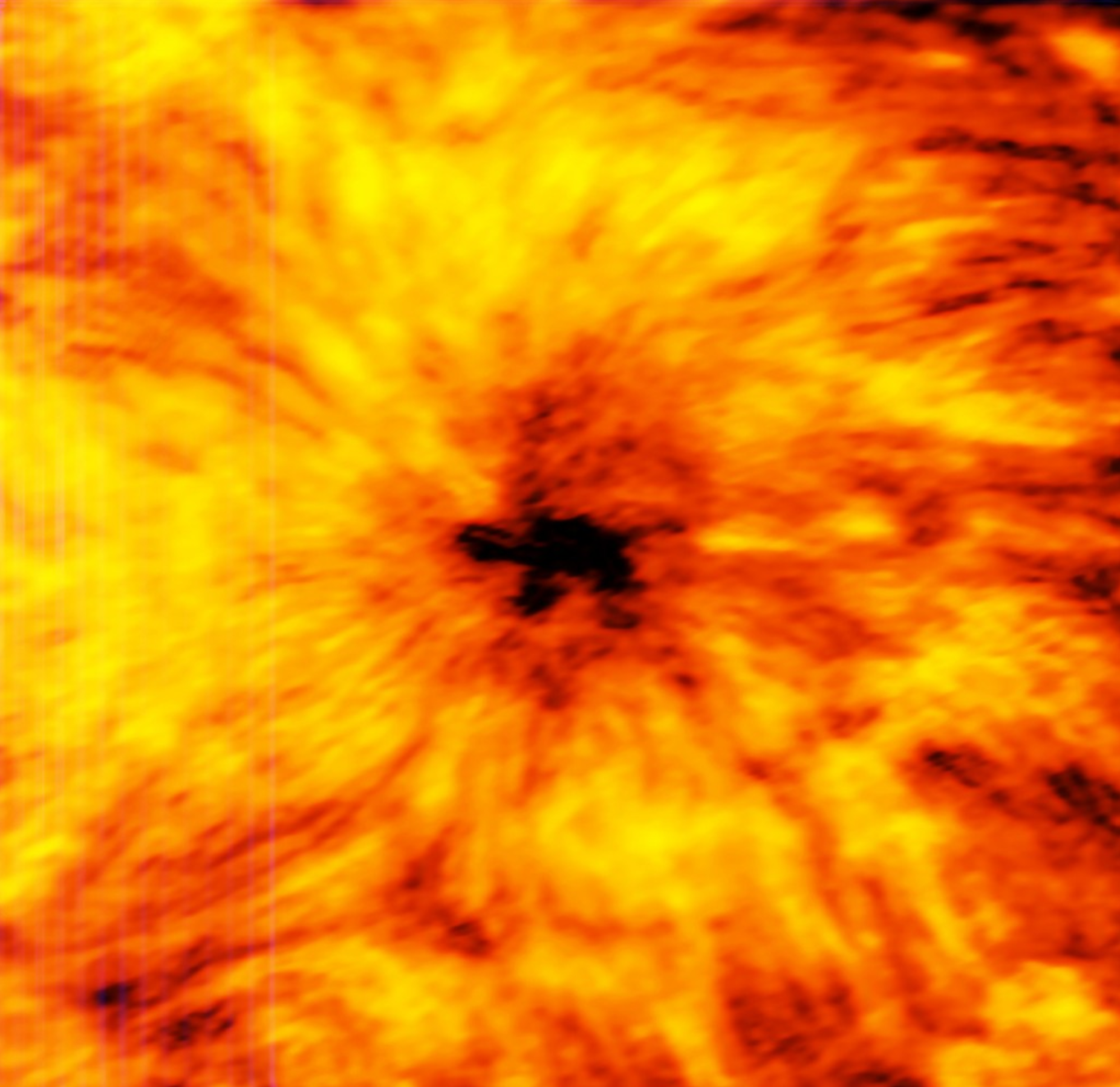 ALMA/ESO/NAOJ/NRAO/via AFP/Getty Images
ALMA/ESO/NAOJ/NRAO/via AFP/Getty Images
This image, obtained January 10, shows the western Utopia Planitia of Mars, marked by a peculiar type of depression with scalloped edges and by a network of polygonal fractures.
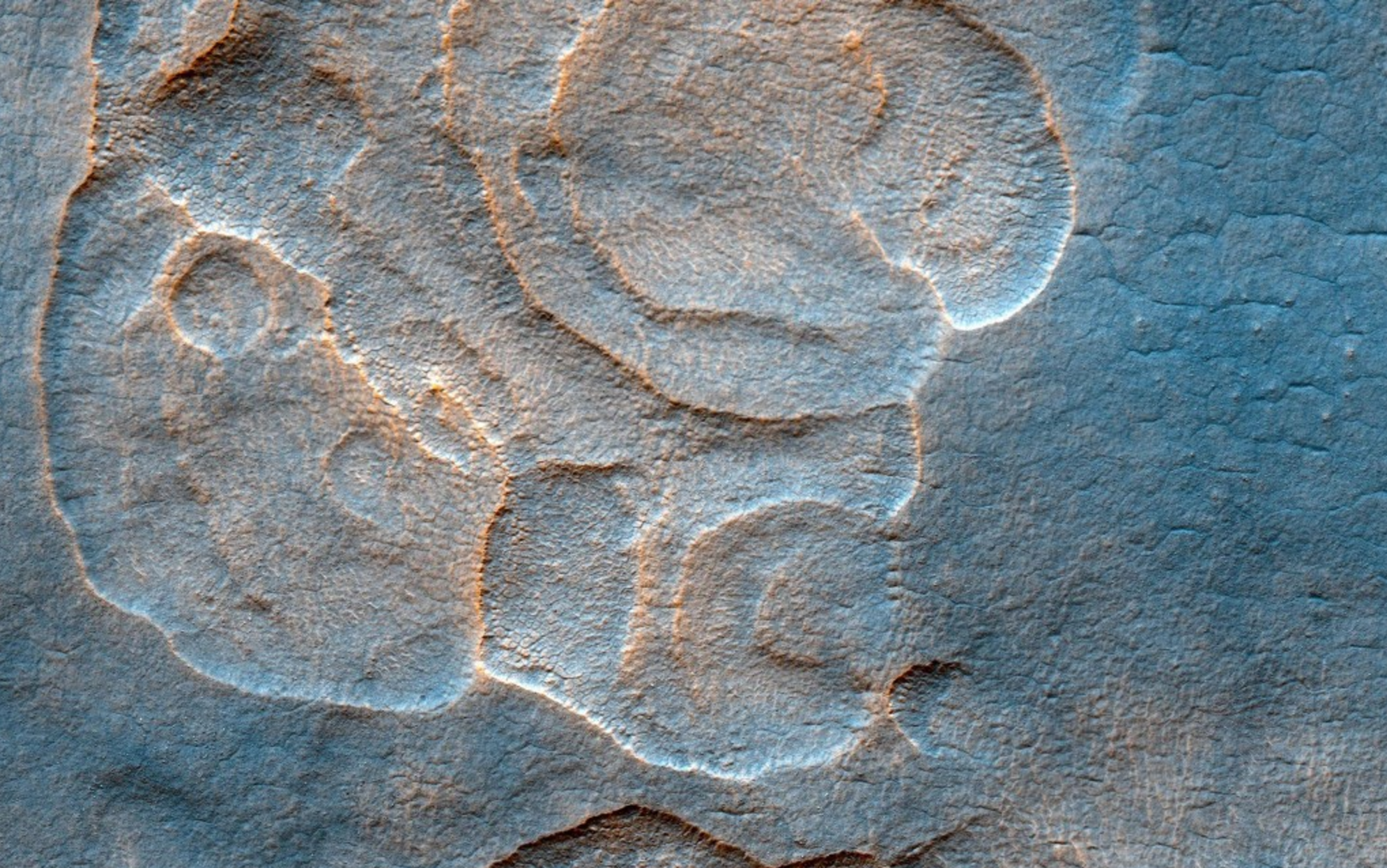 NASA/JPL-Caltech/University of Arizona/via AFP/Getty Images
NASA/JPL-Caltech/University of Arizona/via AFP/Getty Images
The planet Venus, left, nicknamed the 'Evening Star', is seen next to the crescent moon above Manila on January 3.
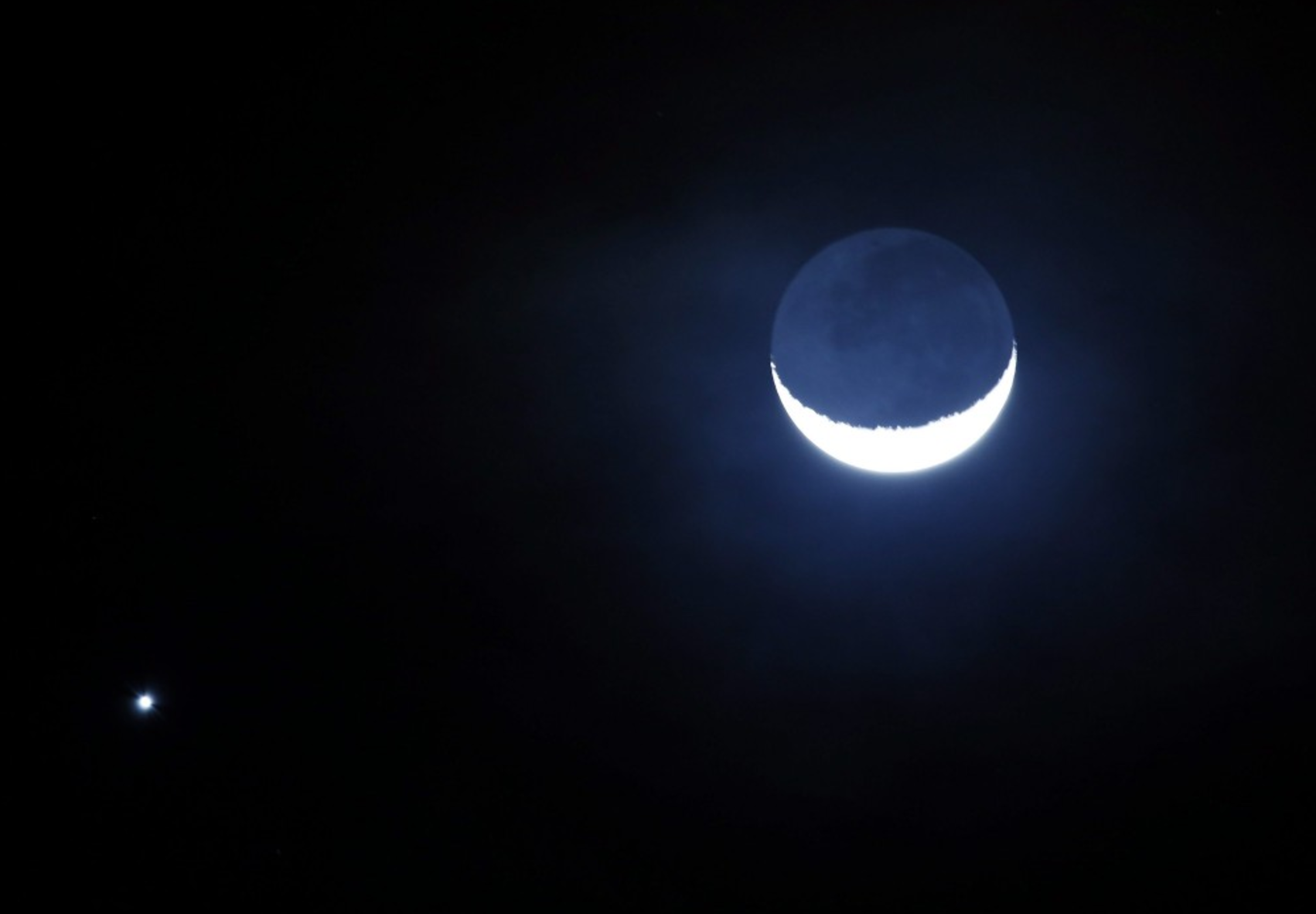 Francis R. Malasig/European Pressphoto Agency
Francis R. Malasig/European Pressphoto Agency
This article was originally published by the Washington Post. See more images at the full gallery.
2017 © Washington Post
